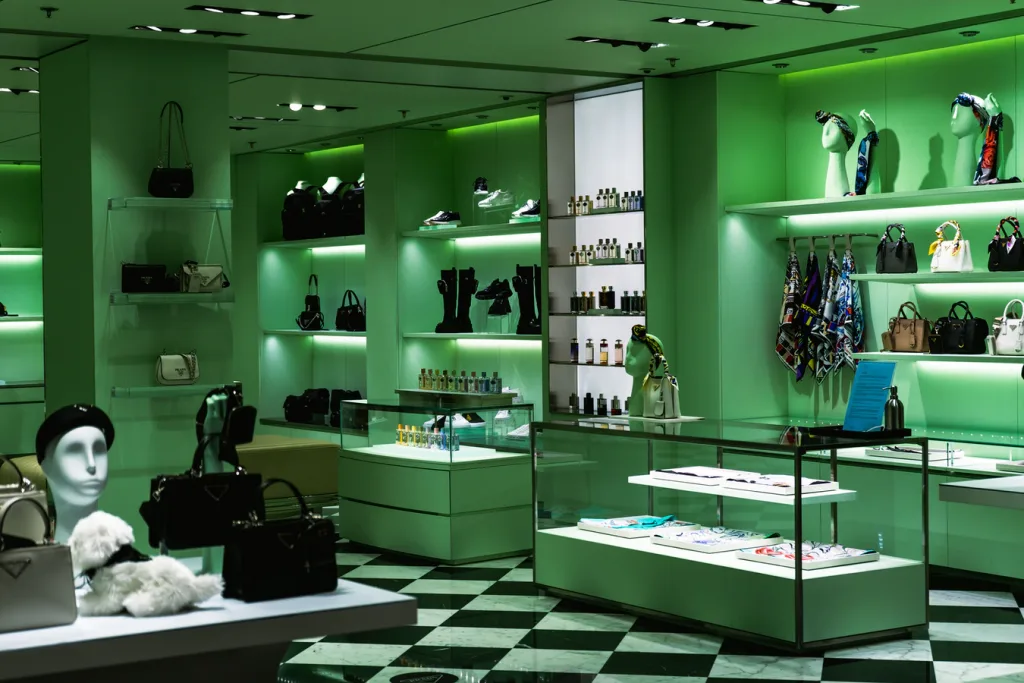Ningbo-Zhousan may not exactly be a household name, but find something in your house made in China – from apparel and accessories to tech gadgets and homewares – and it was likely delivered from there. Overlooking the East China Sea, some 200km south of Shanghai, Ningbo-Zhousan is China’s second-busiest port, handling the equivalent of some 29 million 20-foot containers every year. As of mid-August, the port had more than 50 ships waiting to dock. This was because the Ningbo-Meishan terminal, which handles about one fifth of the port’s total volumes, has been closed for a week after a member of staff tested positive for COVID.
While this proved to be a temporary, two-week shuttering of operations, it is merely the tip of the iceberg in shipping. China has eight of the top ten busiest ports in world, and they are running at well below normal capacity because of COVID restrictions. From Shanghai to Hong Kong to Xiamen, ships are in long queues to unload – and the diversions from Ningbo only made this worse. Not limited to China, the U.S. west coast has also seen bad congestion, with many ships anchored in California’s San Pedro Bay, awaiting access to the ports of Los Angeles and Long Beach.
This drove the cost of shipping rates for containers through the roof in recent weeks, with the cost of moving a 40-foot container from China to Europe is currently running at around $14,000 or about ten times what it would normally be. So, how long will this continue, and what will the knock-on effects be?
The Pandemic and Other Problems
The situation is noticeably different than it was in 2020. COVID restrictions had, of course, weakened the cargo-handling capacity of ports then, but it was less of an issue because global demand for consumer products was so much lower earlier in the pandemic as consumers focused almost exclusively on essential goods as opposed to discretionary products. Now that many countries have vaccinated large numbers of people and their economies are reopening, demand has bounced back with a vengeance. Look for further than the latest revenue reports of luxury goods giants for proof. With consumers shopping again, ports are not coping well.
On top of that, there have been other problems, not least of which was the Suez Canal blockage in March. With ships stuck for a week after the huge Ever Given container ship got stranded, transport companies were under more pressure than usual to return to Asia after they finally reached their destinations in Europe and the Americas. As a result, many did not wait to be fully loaded with empty containers, which, in turn, contributed to a lack of shipping containers in Asia, something that was already becoming an issue because of ships not always calling in at their usual ports during the pandemic because demand was much lower than normal.
The upshot is that containers have become more expensive, thereby, forcing shipping companies to charge higher freight rates to cover the cost.
At the same time, weather has caused problems over the summer. Both the southern Chinese port of Yangtian and part of the port of Shanghai have spent periods closed in recent weeks because of typhoon alerts. The backlog has also been worsened by major importers baulking at the shipping costs and chartering their own ships instead. Home Depot, the big U.S. home improvement retailer, was among the companies that did this in June.
Looking Forward
There was actually a slight decrease in shipping rates in over an almost two-week period in mid-August, which prompted the Freightos Baltic Index – the metric for global container freight rates – to fall from $10,380 to $9,568 per 20-foot container. But this is nothing to get excited about. It broadly reflects the fact that the price of shipping goods from China to the U.S. has come down after many ships diverted to that route to make the most of the high prices. Other routes, such as China to Europe and Europe to the Americas, are still mostly going up in price.
As for whether this will continue, it is extremely difficult to say. Some freight companies have ordered new container ships to help address the shortage, but these vessels take two or three years to build. So, that is not going to make any difference in the short term.
What matters is future COVID outbreaks and to what extent China and other major port nations have to impose tough regulations to protect their populations. Perhaps, we will be lucky and the situation will steadily improve from here, or perhaps this mismatch between supply and demand will endure for several years. In the meantime, we can expect inflation to rise as importers pass on the costs of shipping to customers. Given that governments and central bankers were already worried about rising inflation for various other reasons, they could do without this extra dimension.
If the problem with shipping rates endures, it is also likely to feed into already-existing boardroom discussions – including among fashion and luxury goods purveyors – about whether it is wise to rely so heavily on China as the manufacturing hub of the world. With relations between China and the west already at a low, and much talk of globalization giving way to regionalization, many companies are already arguing that they should make more consumer goods closer to home – or prioritize “nearshoring,” as it is known in the trade.
But more imminently, one big issue will be putting enormous pressure on retailers: Christmas. All of the ships that diverted from their usual China-Europe route to help serve the U.S. are cutting it close to get back to China in time to restock. The crossing takes about 45 days, and they need to then leave China by about mid-October to make the 35-day crossing to get goods to Europe in time for December. If there is still congestion at the Chinese ports by October, this may not be possible.
Against this background, many brands are busy preparing for the holiday season with a level of urgency that has not been felt in recent years. New York-based Tapestry, which owns the Coach and Kate Spade brands, has been “stockpiling its handbags and other accessories ahead of the holiday season to ensure it can meet consumer demand amid ongoing delays in the delivery of products from suppliers,” Bloomberg reported last month.
“We find ourselves in a dynamic where the consumer demand backdrop is strong, while supply chain remains challenging,” Scott Roe, Tapestry’s chief financial officer, said in a quarterly earnings call in August, telling analysts and investors that the group is working overtime to “secure significant expedited deliveries, at an additional cost, in order to mitigate the impact of supply chain disruptions, at least through the holiday period.”
Stavros Karamperidis is a Lecturer in Maritime Economics at the University of Plymouth. (This article was initially published by The Conversation)











